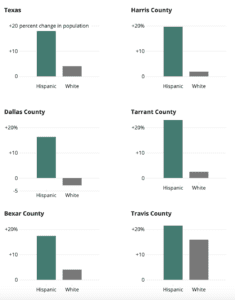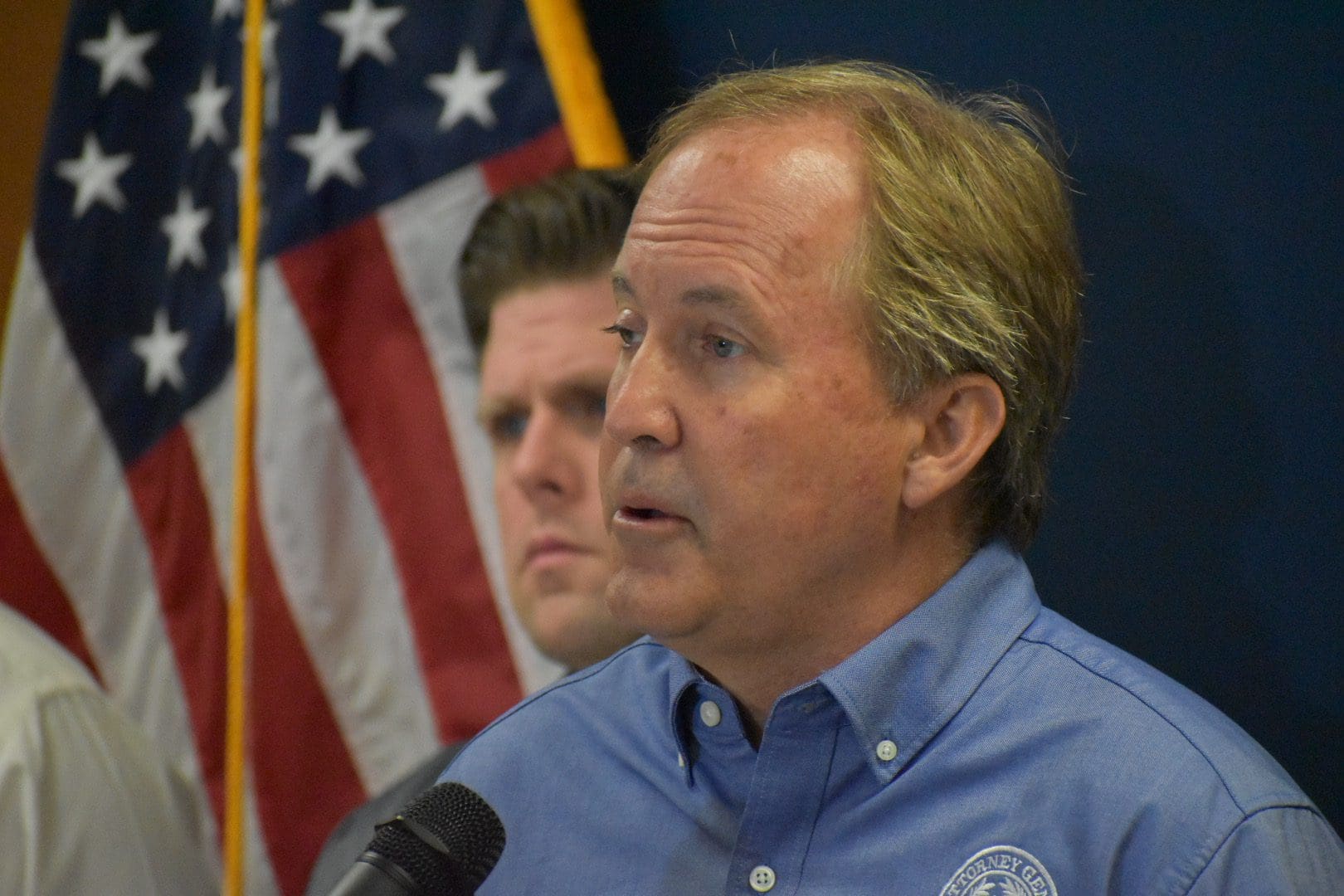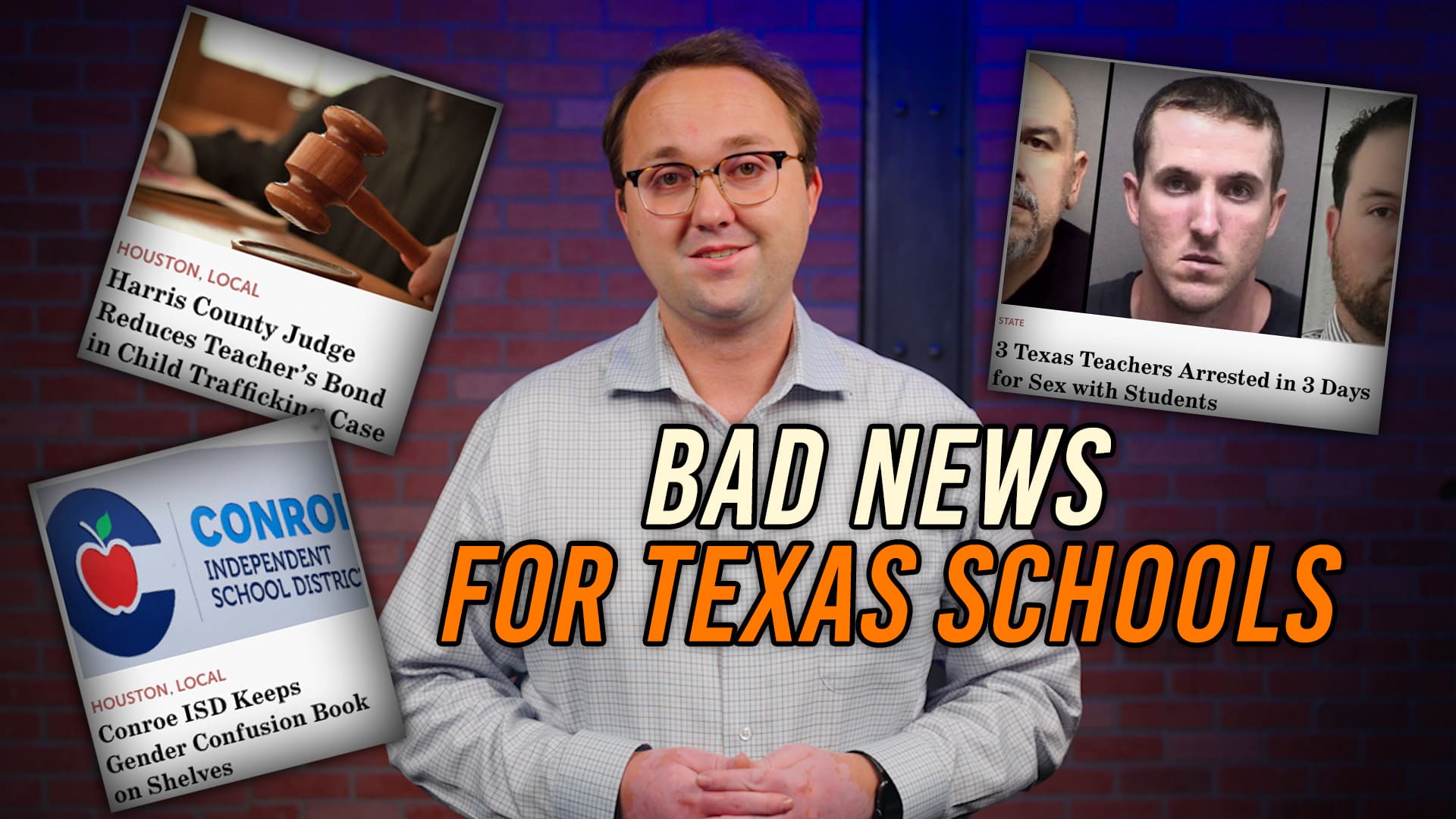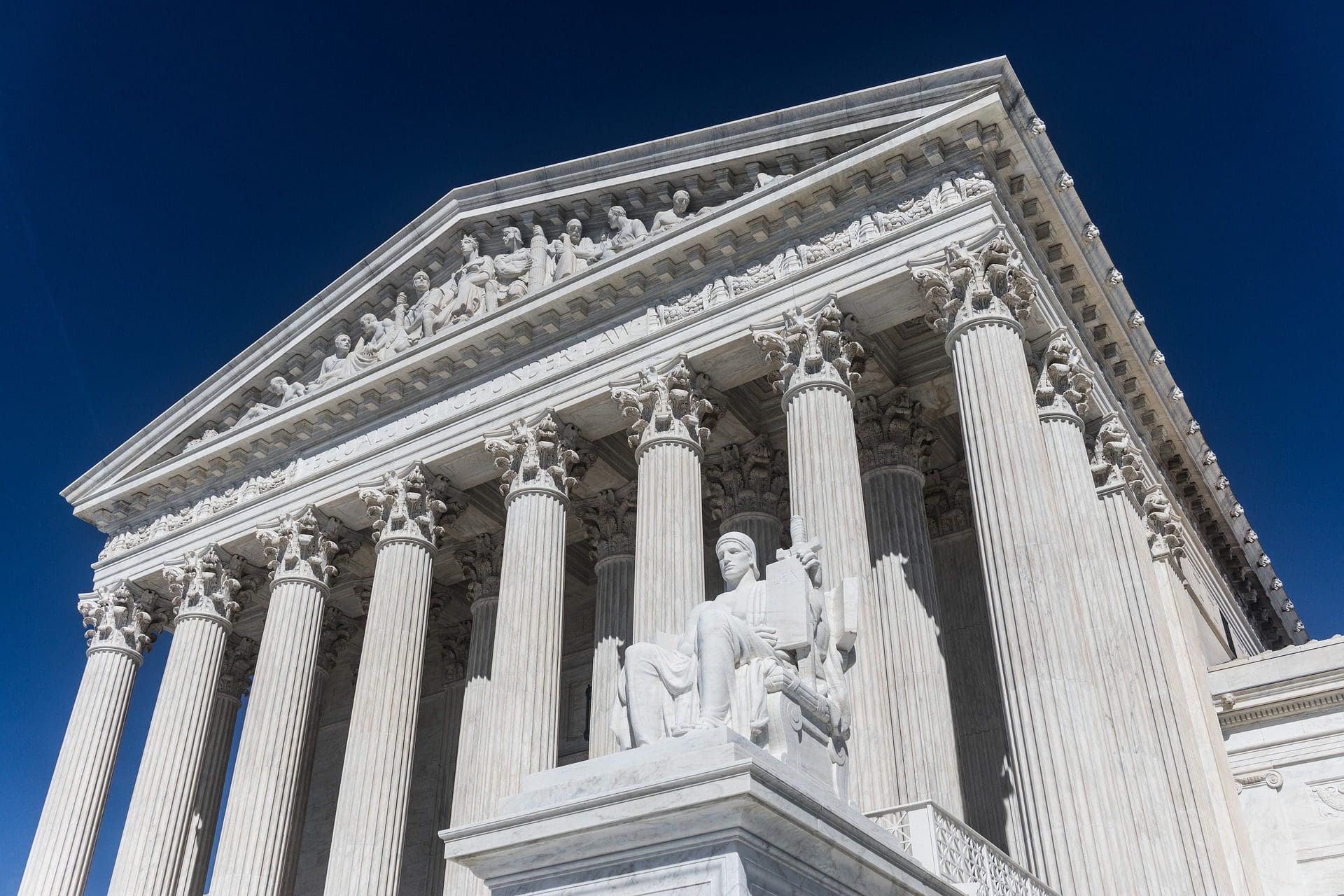While the country focuses on migrants moving up from South and Central America, there is another mass migration happening within America’s borders. In ever-increasing numbers, residents from the West Coast—California in particular—have flocked by the hundreds of thousands to the Lone Star State.
Lured by Texas’ low cost of living and booming job market, juxtaposed with California’s ever-increasing tax rates and regulations, Texas is experiencing some of the fastest population growth in the country. Seven of the 15 fastest-growing cities in the nation are in Texas, while San Antonio, which now gains over 60 new residents per day, is the seventh largest metropolis in the country.
Texas has undisputedly become the primary destination for these Californian migrants, with over 60,000 relocating to the state in 2017, primarily in major cities like Houston, Dallas, and Austin. And the numbers are only expected to increase over time. Additionally, the demographic of these newcomers is largely young and Hispanic, with the population of Latinos in the state set to pass that of the white population by 2022.
This influx of new residents has not gone unnoticed in the political world, with both parties keen to analyze the consequences of such a demographic shift.
Democrats are perhaps the most boisterous on the issue, claiming that the arrival of young people from blue states into Texas is the factor needed to flip what has long been regarded as a conservative firewall. Speaker Nancy Pelosi has even pre-emptively dubbed Texas “ground zero” in the Democrats’ 2020 electoral efforts.
On paper, it would appear that the Democrats should feel optimistic that, at the very least, their prospects in the state are improving. It is true that young people and Hispanics, who make up a large portion of those moving to Texas, usually skew to the left. This, accompanied with Democrat former Congressman Beto O’Rourke finishing less than three points behind incumbent Sen. Ted Cruz (R-TX) in the 2018 Texas senatorial race, leaves many on the left confident that Texas will turn blue in short order.

Can Texas Democrats capitalize on O’Rourke’s close call, or was his success a one-off?
Yet Democrat optimism largely depends on two assumptions. The first claims the spike in Democrat turnout seen during the O’Rourke campaign can be sustained over future electoral cycles. The second is that all people moving into Texas are liberal-sympathetic.
O’Rourke did indeed lose by a smaller margin than most Democrats do in statewide senatorial races. For comparison, Sen. John Cornyn (R–TX) won his election by double digits in 2014. However, the Democrats’ deficit was much larger in other statewide races the same year. Gov. Greg Abbott handily won his race against Lupe Valdez by over one million votes. Furthermore, over 500,000 Hispanics, whom Democrats cite as a boost to their electability in Texas, voted for O’Rourke but also for Abbott, demonstrating that the Democrat stronghold on the Latino vote in Texas is not as strong as it may seem.
While O’Rourke’s close finish might have been a positive sign for Democrats, there has been no replication of such results in any other race since then, indicating that the “Beto phenomenon” may very well be a one-off.
Another massive assumption being made by Democrats is that all newcomers to the state are actually Democrats. Data shows that while newcomers do tend to come from traditionally blue states like California, they do not necessarily subscribe to California-style politics.

State Sen. Pete Flores (R–Pleasanton) won a surprise victory thanks to conservative Hispanic support.
Hispanics, as an example, tend to lean more conservative in Texas than in California. Such a trend is proven by Abbott’s popularity over Valdez in many Hispanic polls, and State Sen. Pete Flores (R–Pleasanton), a Hispanic Republican, defeating a Democrat in deep blue, heavily Latino San Antonio.
Even demographic analysis from the O’Rourke-Cruz contest demonstrates that people moving to Texas are not necessarily Democrats. If only “local sons” had voted in the election, O’Rourke would have won by three points. However, Cruz won the election among non-native Texans by 15 points.

Senator Ted Cruz (R–TX) actually outpaced O’Rourke among non-native Texans by a percentage margin of 57–42.
As such, should conservatives be worried that Texas might turn blue? On the surface, it certainly appears so—and Democrats are eating it up. However, a closer look reveals a different picture: one where the left’s prospects for competitive statewide elections drifted away as soon as the 2018 senate race was called for Cruz.
So, the next time someone claims “this will be the year” that Texas turns blue, look a little bit closer. 2020 will be interesting, but there is more to this phenomenon than meets the eye. He that is overconfident often crashes and burns the brightest.






